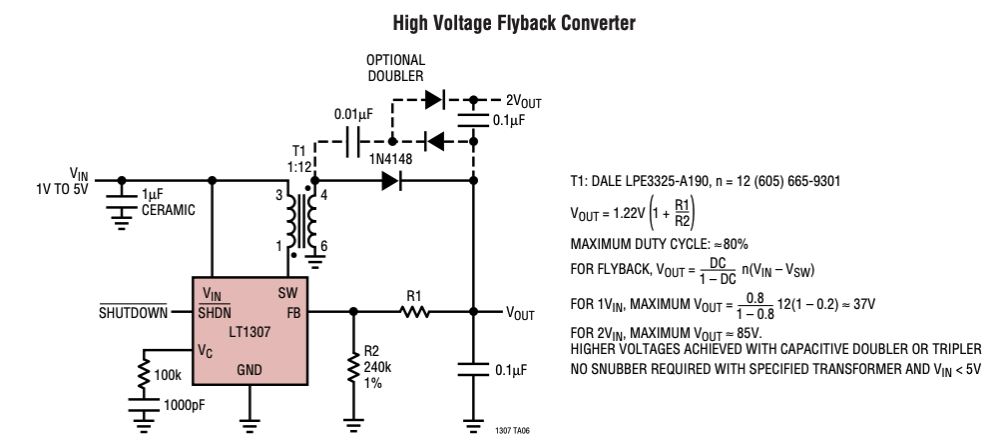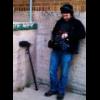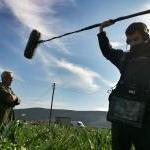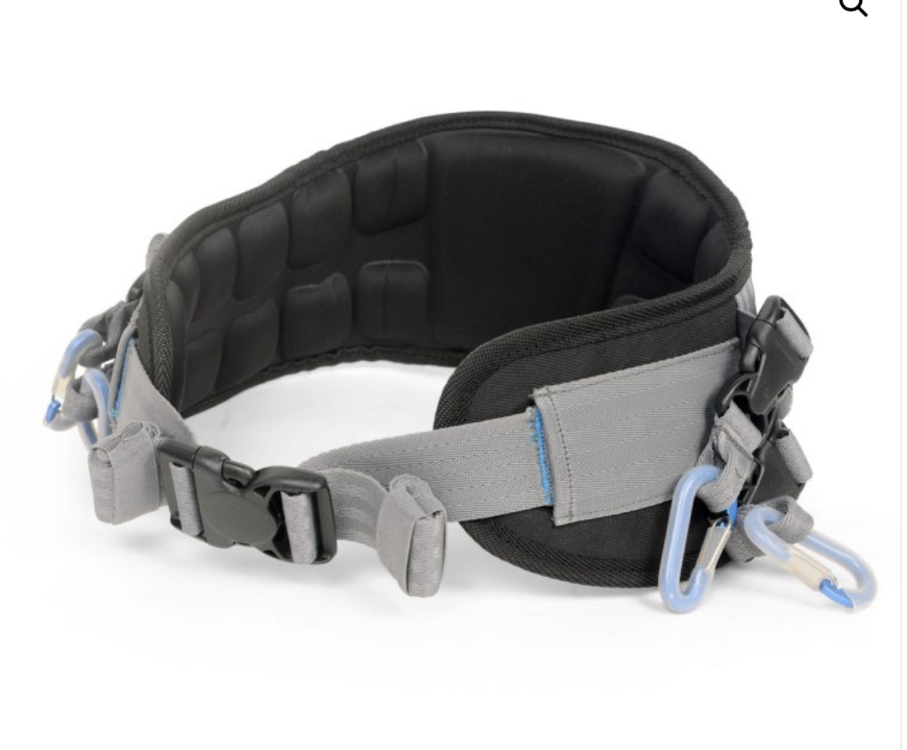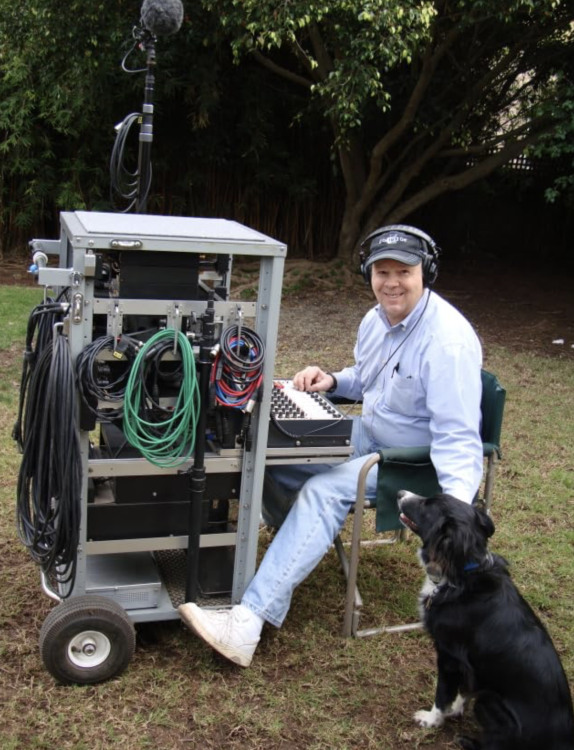All Activity
- Past hour
-
For quick and easy implementation, I've used prefab boards like this based on the XL6009. They have a built in trimmer to dial in the output voltage you desire, simply connect a multimeter and set to 48V. Then feed that into a typical phantom powering scheme like this: (I modified that from a shure tech article.) R1 and R2 should be 6.8kΩ. The C5/R6 and C4/R7 combos not only block DC current reaching the output, they also form a high pass filter so choose values based on what you'd like. I think I ended up using something like 100µF and 1kΩ. For better efficiency and lower input voltage (allowing using AA batteries) I really liked the LT1307B. The datasheet has everything you need to know but this is the schematic I ended up basing my design on: My notes indicate I used 1MΩ for R1 and 25.5kΩ for R2 to get the typical 1.22V feedback voltage. You can use the LTSpice software to plug in whatever components you choose. I also added two capacitors (I think 1µF and 100µF) in parallel with the output to further smooth the ripple. Different values smooth different frequency ripple. Then of course that will feed into the phantom power scheme above.
- Today
-
There's always the Nagra Seven. Which also doubles up functionality, but at least its preamps are better than a Zoom. I'm not totally sure what you mean by USB-centred audio recorder. You mean a recorder that accepts a USB interface as an input? I don't think it exists ... there's no reason to make one when a phone or a laptop can do the job just as easily (with no difference in quality, and probably a minimal difference in convenience). If your audio signal is already on a USB bus, a laptop is the correct tool for the job. Outside of that, I assume the main reason to use the M2D2 is for its preamps, so if you want to use the analogue or AES outputs on the M2D2, any of the usual recorders should work just fine, Zoom, Mixpre, or a top-tier production recorder. I guess I'm really not clear why you want a special recorder just for the M2D2. If you just want the Sonosax pre-amps, plug it into whatever recorder you have. If you want to use the USB output, plug it into a laptop or phone. And if you want a recorder with pre-amps, get a decent recorder and don't use the M2D2 at all. If you really want Sonosax pre-amps with an integrated recorder ... sell the M2D2 and buy an SX-R4+.
-
https://donorbox.org/donate-in-support-of-jwsoundgroup
-
Pardon forum lords if I've missed this answer: has anyone landed on a low profile usb-centered audio recorder to pair with the M2D2 ( other than the established iphone/lectro SPDR options). Of course you could pick up a zoom F3, but thinking even that seems unnecessary as it doubles up functions. Maybe I'm dreaming, but I'd assume there would be something else in this influencer-video era of always recording.
-
Happy Birthday, Jeff!
-
I suppose that you mean the 8000 series @Werner Althaus. The MKH 8060 seems like a wonderful microphone, I'm reading... 83dB SNR and very high output (63mV/Pa at 25ohm!). Unfortunately my preamp cannot currently handle such high output and low impedance without clipping above ca. 110dBSPL, phantom power absence aside. I'm liking to keep the preamp discrete and to make it capable of 129dBSPL at those levels is very challenging (3.54Vrms input). But I'm sure it sounds beautiful for outdoor nature and details with equipment that can handle it. Thanks for sharing your wide experience on the older models. I guess I should stop worrying about versions/age and find a well maintained one.
-
Happy Birthday, Jeff! 🤩
-
happy birthday Jeff!
-
Nice, might check this out
-
codyman started following Battery storage/caddy options for rechargeable AAs
-
50 rounds, err um, AA's or AAA's worth of storage for $5 bucks. I put a little foam on the lid underneath as AA's/AAA's are a tiny bit shorter than ammo so they would go up and down if rattled in the case but used something like this for the last 10 years with no issues. Also almost exactly the size of my 150wh V-Mount backup battery that I keep in a pelican case so I stack them on top of each other nicely in the pelican in a divided slot.
-
I haven't done post work in a year now and I also don't have much experience with mechanical camera noise... but I was pretty impressed by the results I got with Izotope RX9 (I think they just released version 11 now) when doing dialogue editing on a feature last year. Some new tools have been integrated over the last years since this discussion started and I thinks it's worth trying. I found Dialogue Isolate to be pretty powerful especially when it comes to preserving the natural sound of the voice when applied resonably. I think this plugin rather looks for speech and seperates it from anything else as opposed to identifying the noise and then attenuate it from the speech (which also colorates the voice too much in my opinion). For me it usually works pretty well with NR up to 6db without much coloration. With Spectral De-Noise you could easily let the plugin learn from a few seconds of only noise and then it kind of works like a spectral expander. But if you run the reduction to hard there's audible losses of fidelity in the speech and you can hear the threshold pumping. I've also had nice results combining the two with easy to moderate settings. It doesn't do wonders and you always have to resist doing a little more reduction in order to not make it sound unnatural. But with well recorded dialogue it can make the difference between audible noise and little noise that noone will hear in the endresult. That being said, RX doesn't guarantee anything and I'm always suprised by the capabilities but also the limits of this software. I wouldn't want to rely on the possibilties of post when shooting so it might be best to do some tests beforehand. If you get people convinced to do that...
-
Happy birthday Jeff! Thank you for all your help over the last few years!
-
humbuk started following Battery storage/caddy options for rechargeable AAs
-
syncsound started following Battery storage/caddy options for rechargeable AAs
-
Hello all, Anyone care to share their storage and caddy options for rechargeable AA batts? When I used to use rechargeables, I used Powerpax caddies. A battery with the positive pin pointing down/in meant "charged"; pointing up/out meant "dead". You could do a quick visual check of your battery status, and it worked just fine, for a time. After a while, repeated insertion/removal of the batteries from the caddy would strip the outer wrap, and the batteries would short when placed in gear. I'm considering a possible return to rechargeables, and looking for alternatives. Thanks!
-
yeah, HBTY and thanks, Jeff!!!!!
-
Derek H started following HAPPY BIRTHDAY JEFF WEXLER!
-
Happy birthday, Jeff! This is a good day for us to show our appreciation by donating some $$ and help keep this place going! There’s a link on the front page.
-
Hey all, it's been a good eight years since this topic was touched. Curious if anyone's found a particularly effective insert/software for removing camera motor sounds? Context: Currently on a film with a fair amount of close ups (and camera) in quiet atmospheres. As others have mentioned, director would prefer to avoid ADR if possible, but if them's the dice then...
-

Announcing the SPDR two channel bag/field recorder
EinF replied to Gordonmoore1's topic in Manufacturers & Dealers
Hey all, as it's been a few years I checked in with Lectro HQ about any updates: *Card Door: (update) Swapped out for a similar but more robust redesign. Repairs dept. also said they'd be glad to send out spares of the updated door. *Limiter: Hasn't changed since 2018, except in the display: (via 2022 firmware update: ) "The SPDR now conforms to industry standards for digital audio metering: the meter always reads 0 at +0 dBFS. The analog input limiter can now be seen to engage at -5 dBFS, reserving 5 dB for limiter overhead. This behavior of the analog input subsystem has not changed, but now the meter always shows the levels relative to +0 dBFS. This eliminates the possibility for confusion caused by the meter reading differently depending on the input type (digital or analog) and whether the SPDR is making a recording or playing one back" * Low Cut Filter: No shift, 35Hz is the closest the SPDR provides to turning filter off (cutting 20-35Hz range) *Timecode format: No change -
I think he means how the Easyrig has rigid hooks that hold the bag, so it is easy to take the bag on and off instead of unclipping 6 carabiners. I have always wanted something like this as well. I have both the Orca and Ktek waist belt and I find both of them super uncomfortable. Even the smallest bag, I found the mixer sat too low and kind of prevented me from being able to walk properly.
-
HAPPY BIRTHDAY JEFF WEXLER!
The Documentary Sound Guy replied to Jim Feeley's topic in The Daily Journal
Happy Birthday Jeff! -
Waist belts for small (and not so small) bags?
The Documentary Sound Guy replied to Jim Feeley's topic in Equipment
An additional question: Were you ok with having the bag low on your body? I prefer having the bag at chest level; I find it is easier on my back. But I'm curious how a belt rig would change the weight distribution. -
Olle, great thought. I'd love to know what people think so I started a new thread:
-
[That's a quote from Olle in this thread. I'm replying in this new thread because I'd love to read people's experiences and thoughts on this approach -- Jim] Olle, I might be misreading your thought, but I too think a belt might work since for me (my bags are small (633, a few RX, a TX, etc...maybe something smaller soon). Two belts I know of: K-Tek KSWB1 – Stingray Waist Belt https://ktekpro.com/product/kswb1-stingray-waist-belt/ ORCA OR-370 Advanced Audio Waist Belt https://www.orcabags.com/product/or-370-advanced-audio-waist-belt/ Who here has used belts with bags? How big a bag worked...and what size was just too big? Overall, what did you think? A sometimes solution, the way you like to go, just didn't work for you?
-
At my work we have a good collection of T-powered as well as P-48 powered 415's, 416's, 435's, 815's and 816s and I have not noticed any significant difference in noise-floor relative to the powering scheme across this selection spanning close to 50 years. Having said that I am not sure I'd call any of them "low noise" when comparing them with newer MKH series microphones. I love these mics for what they do well but on occasion I had to replace them in the field for quieter, higher output variants.
-

RF & TX management Android app – looking for beta testers
PMC replied to Compasseur's topic in Manufacturers & Dealers
I can't say enough good things about TXAdvance. I have been using it for 2 years. It is instrumental in scanning and finding clear frequencies, coordinating my 8 wireless transmitters and troubleshooting RF hits in LIVE active mode when some new RF source walks onto set. I have used several RF apps before using this one. For a location sound mixer there is simply no better product. I know several Apple device users who have purchased Android tablets just to use TXAdvance. Plus Grégoire is very responsive to feature suggestions. I highly recommend his app. In its current version it is very mature and feature packed. -




